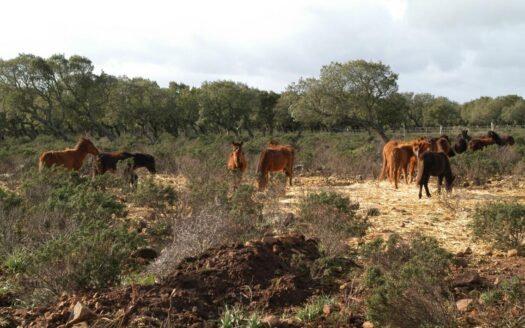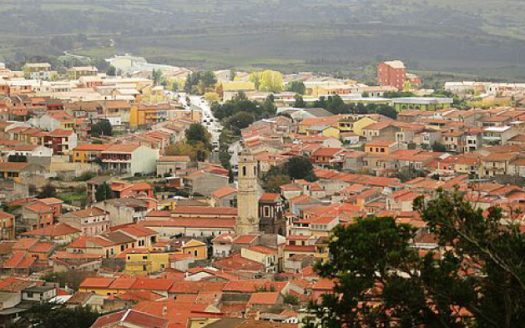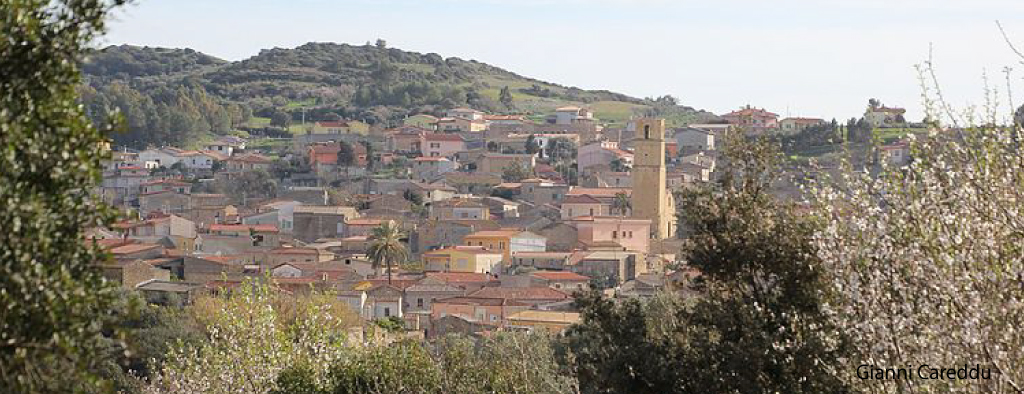
Collinas an oasis of peace and tranquility where ancient and contemporary coexist.
On the border between the Campidano plain and the flourishing valley in the centre of Sardinia, Collinas was for centuries a crossing point for the people going from the coast to the inside of the island, through the Marmilla.
A charming village with ancient roots, Collinas (ancient “Forru”) appears to the traveler immersed in its green hills, lush valleys, patches of vegetation, nuraghi, golden fields of wheat, vineyards and ancient olive groves.
In its panoramic views, monuments and fountains Collinas really tells its story: from intriguing popular legends to the great episodes and characters which made the country known throughout the Sardinia, up to the hospitable smile of the inhabitants, who live the tradition in its ancient sagras and in new cultural moments.
The rich culinary tradition of Collinas offers tasty dishes and products: from the more refined recipes for the feast days, up to the most humble daily farmer food.
The products and the recipes date back to medieval times, with Roman Arabic and Spanish influences, and are the result of the culture and history of the agro-pastoral population of Collinas.
Inhabited since ancient times the territory of Collinas houses some interesting archaeological sites: the remains of the Nuraghe on Mount Concali, the nuragic site Genn’e Maria, and the tomb of the giants of Seddi de Sa Caudeba.
The complex on the hilltop Genn’e Maria consists of a trilobatus rampart, which encloses the original tower and a well partially dug into the rock, and a village inside and outside the walls.
The original tower (perhaps middle Bronze – fifteenth century BC.) has a simple room. The houses are quite advanced and of high quality, sometimes decorated with elegant geometric patterns.
The excavations have revealed findings such as: pear-shaped vases, flasks, jugs, bailers, braziers, pintadere, baking cups.
All these objects testify to the hard work of this former farming community.
The site Sa Sedda de Sa Caudeba (3 km. from Collinas), in use in different times and abandoned because of the Saracen invasions, hosts evidence from the nuragic period to the Roman period.
Of particular interest is the burial area which includes two diffrent kinds of tombs of the giants, a few meters from each other, which attest to the use of the site during the Archaic Nuragic period, XIV-XVI century B.C.
To visit is also the church of Santa Maria Angiargia, outside the village, near the Nuragic holy well Su Angiu and the ancient Roman baths.
Modern is instead the Territory Museum “Sa Corona Arrubia” located amid the hills and basaltic rocks of Collinas and Lunamatrona, covered by the red (arrubiu) lichen that gave the name to the locality.
The museum was founded by the municipalities of the area which gathered to present a comprehensive offer of cultural and tourist resources.
The exhibition presents in thematic sections botanical, wildlife, geological, and anthropogenic aspects of the land.
Involving visitors in educational activities, modern museum tools represent three-dimensionally cross sections of the territory, the forest, the highlands (Giare), all the environments in which humans interact with nature.
The educational paths outside the museum, in the big geo-botanical park, show the cultivation of the different plant species throughout the Mediterranean area from which the scents and essences exposed in laboratories are extracted.
The ascent with chairlift allows you to discover the area from a different point of view and to reach the Park of Megalithic Monuments on the highland Giara of Siddi.
Absolute must, finally, is the part of the museum dedicated to the “giocos antigas” (ancient games): a collection of some two hundred handmade traditional toys of Sardinia, part of an educational workshop in which professional entertainers tell stories in Sardinian language, teach how to build toys in a fun, and describe values and roles in daily life of the past.
Photo Credits By Gianni Careddu , link foto
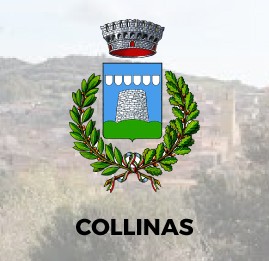
In this area you will be directed to the site of the Municipality of Collinas to get all the information on this location.
Click to Access
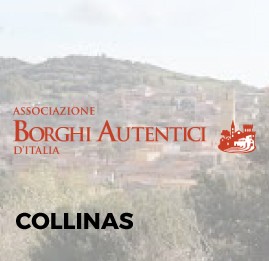
In this area you will be directed to the website of the Associazione Borghi autentici d’Italia.
Click to Access



